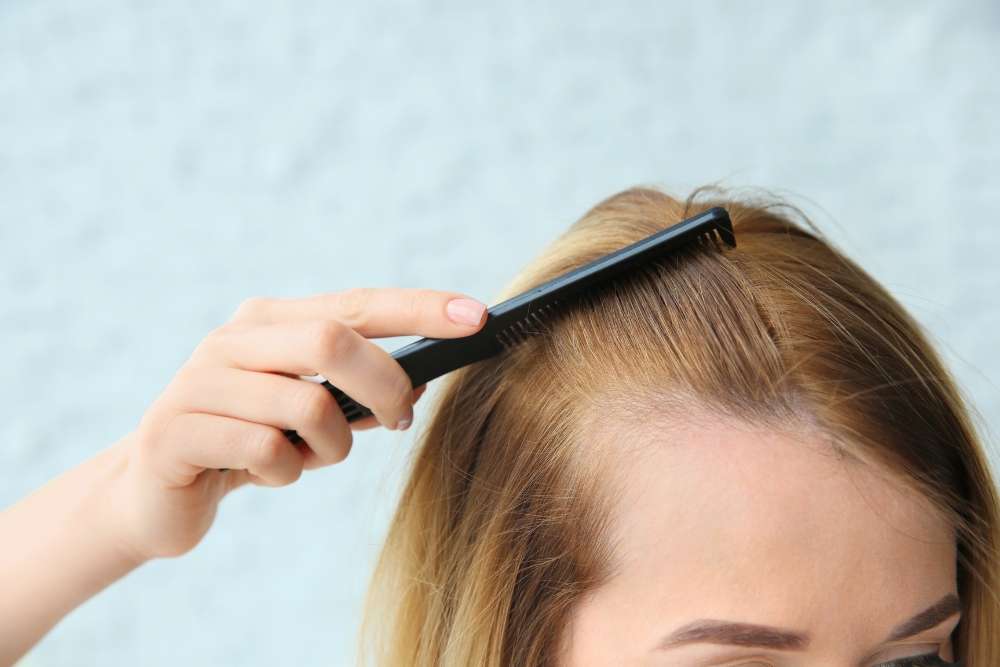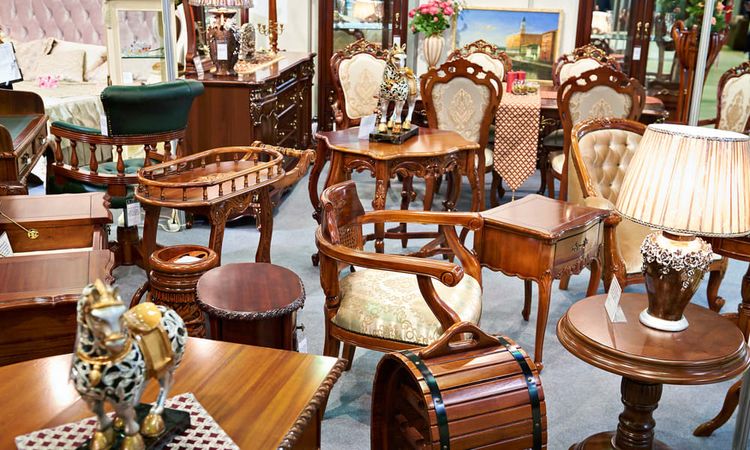Wigs for Older Women: A Practical Guide to Choosing, Styling, and Caring for Comfortable, Age-Appropriate Wigs
For many older women, wigs offer a versatile solution to hair thinning, medical hair loss, or simply the desire for a fresh look without commitment. Whether you are experiencing age-related changes in hair texture and volume or seeking a convenient styling option, understanding the variety of wig types, construction methods, and care techniques can help you make an informed choice. This guide explores essential considerations for selecting a wig that complements mature features, fits comfortably, and integrates seamlessly into your daily routine.

Selecting a wig involves more than picking a style you like. It requires understanding your specific needs, the types of wigs available, and how to maintain them for long-lasting wear. This guide walks you through the key factors to consider when choosing a wig designed for comfort, natural appearance, and ease of care.
Assessing Needs: Hair Thinning, Comfort, and Daily Lifestyle
Before purchasing a wig, take time to evaluate why you need one and how it will fit into your life. Many older women experience hair thinning due to hormonal changes, medical treatments, or natural aging. Others may prefer wigs for their convenience and styling flexibility. Consider your daily activities: do you lead an active lifestyle, or do you prefer low-maintenance routines? If you wear a wig daily, prioritize lightweight materials and breathable cap constructions. For occasional use, you might focus more on style variety. Comfort is paramount, especially if you plan to wear your wig for extended periods. Look for adjustable straps, soft linings, and secure yet gentle attachments that will not irritate your scalp.
Wig Types and Cap Constructions: Synthetic vs. Human Hair Explained
Wigs come in two primary hair types: synthetic and human hair. Synthetic wigs are made from manufactured fibers designed to mimic natural hair. They are typically more affordable, hold their style well even after washing, and require less daily maintenance. However, they may have a shorter lifespan and can be damaged by heat styling tools unless labeled heat-friendly. Human hair wigs, on the other hand, are crafted from real human hair. They offer the most natural look and feel, can be styled with heat tools, and generally last longer with proper care. The trade-off is higher cost and more intensive maintenance, including regular washing, conditioning, and styling.
Cap construction also plays a crucial role in comfort and appearance. Basic wefted caps are lightweight and affordable but may feel less secure. Monofilament caps feature a sheer mesh material at the crown, allowing for natural scalp appearance and varied parting options. Lace front wigs have a sheer lace panel along the hairline, creating an undetectable, natural-looking front. Full lace wigs offer the most versatility, as the entire cap is made of lace, allowing for styling in any direction. Consider your budget, desired realism, and styling preferences when choosing cap construction.
Finding the Right Fit, Length, and Color for Mature Features
A well-fitted wig enhances your natural beauty and ensures all-day comfort. Measure your head circumference accurately, and look for wigs with adjustable straps or elastic bands for a customized fit. Avoid wigs that are too tight, as they can cause headaches, or too loose, as they may shift during wear. Length and style should complement your face shape and personal style. Shorter to medium-length wigs are often easier to manage and tend to look more youthful and modern on mature women. Longer styles can be beautiful but may require more maintenance.
Color selection is equally important. As skin tone and hair color naturally change with age, choosing a wig shade that harmonizes with your complexion will create a more cohesive, natural appearance. Softer, warmer tones often flatter mature skin better than stark, cool colors. If you are unsure, consult with a wig specialist or try on several shades in natural lighting. Highlights or lowlights can add dimension and a more realistic look, mimicking the natural variation found in biological hair.
Styling Tips and Low-Maintenance Looks for Everyday Confidence
One of the advantages of wigs is the ability to achieve polished looks with minimal effort. For synthetic wigs, styling is often as simple as shaking out the wig and finger-combing it into place. Many synthetic styles are pre-styled and retain their shape after washing. For human hair wigs, you have more flexibility: use curling irons, flat irons, or blow dryers to create different looks. However, frequent heat styling can shorten the lifespan of the wig, so use heat protectants and moderate temperatures.
For a natural, effortless appearance, consider soft waves, layered bobs, or pixie cuts. These styles are flattering on most face shapes and require minimal daily upkeep. Avoid overly voluminous or heavily teased styles, which can look dated. Instead, aim for movement and texture that mimic natural hair. Accessories like headbands, scarves, or clips can add variety and personal flair to your wig styling routine.
Care, Cleaning, and Storage to Extend Wig Life
Proper care is essential to maintaining the appearance and longevity of your wig. Synthetic wigs should be washed every 10 to 15 wears, or more frequently if you use styling products or live in a humid climate. Use wig-specific shampoos and conditioners, and avoid wringing or twisting the hair. Gently blot excess water with a towel and allow the wig to air dry on a wig stand. Human hair wigs require more frequent washing, similar to natural hair, and benefit from deep conditioning treatments to maintain softness and shine.
When not in use, store your wig on a wig stand or mannequin head to help maintain its shape and prevent tangling. Keep it in a cool, dry place away from direct sunlight, which can fade colors and damage fibers. Cover the wig with a hairnet or breathable cloth to protect it from dust. Regularly inspect your wig for signs of wear, such as thinning, tangling, or loss of style. Addressing minor issues promptly can prevent more significant damage and extend the life of your investment.
By understanding your unique needs, exploring the variety of wig types and constructions, and committing to proper care, you can enjoy the confidence and convenience that a well-chosen wig provides. Whether you are managing hair thinning or simply embracing a new look, the right wig can become a seamless and empowering part of your daily life.




